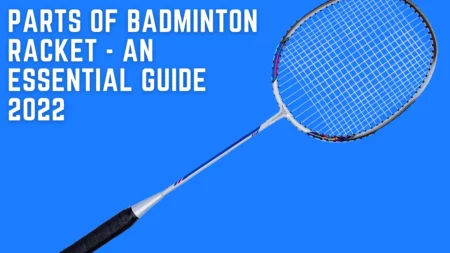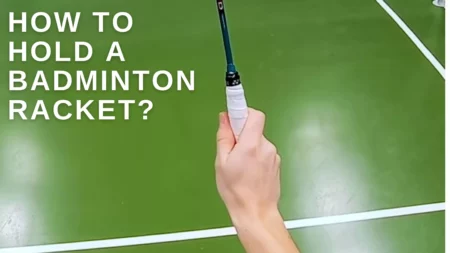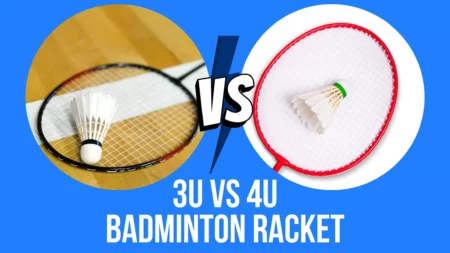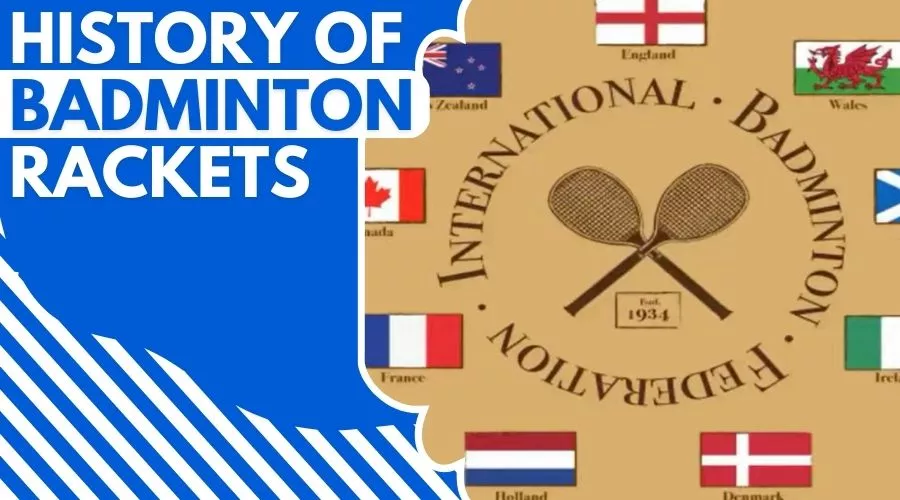
Badminton became an Olympic sport played in 1992, with singles, doubles, and mixed doubles events. It has also gained popularity as a recreational sport, with people of all ages enjoying casual games on a badminton court.
In addition to the Olympic Games, badminton has various world championships, including the World Championships, World Junior Championships, and the World Men’s Team Championships.
Tennis has become more accessible than badminton and exciting to play at recreational and competitive levels thanks to the introduction of rackets with teardrop-shaped heads and shuttlecocks made of synthetic materials. In Europe, speed badminton is popular, played with more aerodynamic rackets and shuttlecocks.
The first Badminton Association was established in 1893, and today there are badminton associations worldwide promoting the sport at the grassroots level.
Origins of the Sport of badminton
The origins of badminton in the new Olympic sport can be traced back to ancient civilizations, where a version of the game was played with a simple wooden frame and a shuttlecock made of woolen balls attached to a string.
The exact origins of the game are unclear, but it is believed to have originated er Greece, China, or India.

In the 19th century, the game gained popularity among British military officers stationed in In. In the British garrison town of Poona, the game’s first rules were established, game of badminton, played with small rackets and shuttlecocks made of feathers, was first played at the Bath Badminton Club, established in 1877.
The club, along with other European countries, formed the International Badminton Federation (IBF) later, becoming the Badminton World Federation (BWF) in 2006. The BWF is the internationally recognized governing body for the sport of badminton.
History and growth of Badminton
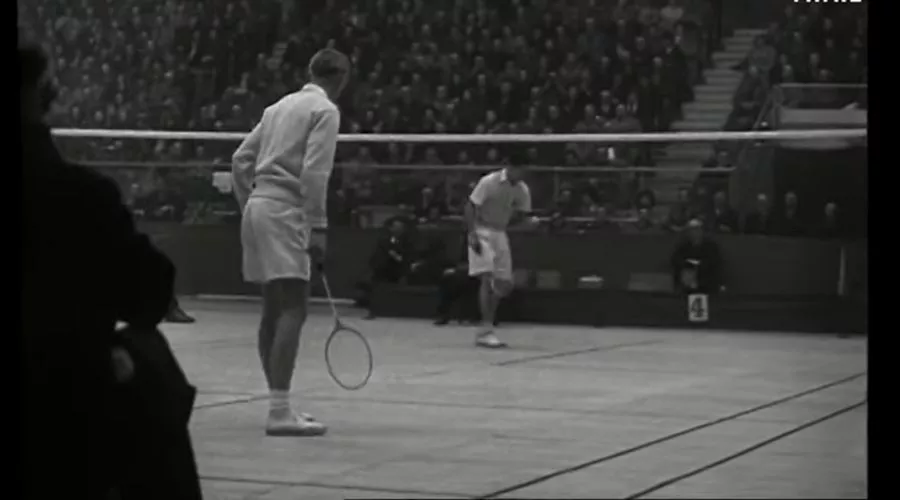
The ancient game of badminton has evolved to become the competitive sport we know today. It was in the 19th century that the game gained popularity among British military officers stationed in India, and it was in the British garrison town the first rules of the modern game were established.
The contemporary badminton game, played with small rackets and shuttlecocks made of feathers, was first played at the Bath Badminton Club, established in 1877. In 1934, the International Badminton Federation (IBF) was formed by the club and other European countries.
It later became the Badminton World Federation (BWF) in 2006, the internationally recognized sports governing body.
Since its establishment, speed badminton has grown in popularity and is now played at a competitive level in the world. It became an Olympic sport in 1992, with singles, doubles, and mixed doubles eve.
It has various world championships, including the World Championships, World Junior Championships, and the World Men’s Team Championships. Service courts and skilled badminton players are key components of the game, and the first IBF tournament was held in 1939, featuring players using different nylon strings.
Today, badminton is a popular and highly competitive sport, with gold medals being awarded at the modern Olympic Games. Nylon strings, which are now commonly used in badminton rackets, have replaced natural gut strings in the modern game.
Formation of the International Badminton Federation
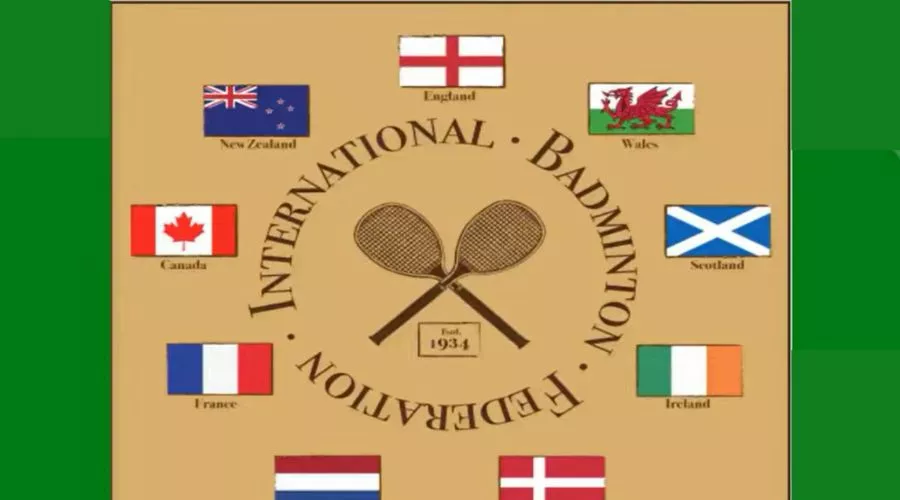
The International Badminton Federation (IBF) was formed in 1934 by nine founding member countries: Canada, Denmark, England, France, the Netherlands, New Zealand, Scotland, Wales, and Ireland.
These countries, along with other European countries, established the IBF with the goal of promoting the sport of badminton and organizing international tournaments.
The IBF played a crucial role in the development and growth of the sport, establishing the first set of official rules and regulations for international play. It also oversaw the organization of the first IBF World Championships in 1977, which were held in Sweden.
In 2006, the IBF was rebranded as the Badminton World Federation (BWF) to better reflect the global nature of the sport.
The BWF is now the internationally recognized governing body for badminton. It is responsible for the organization of major international tournaments such as the Olympic Games, World Championships, and World Junior Championships.
Change of Rules
There have been several changes to the rules of badminton over the years. Some of the most significant changes include:
- Service rules: In 2006, the service rule was changed to allow the server to serve from anywhere within the service court, rather than just the right service court for right-handed players and the left service court for left-handed players. This change was intended to make the game more fair and to prevent players from using their services as a tactical advantage.
- Scoring system: In 2006, the scoring system was changed from a 15-point game to a 21-point game. This change was intended to reduce the number of long, drawn-out rallies and to increase the importance of each point.
- Double hits: In 2006, the rule regarding double hits was changed to allow players to hit the shuttlecock twice during their shots, as long as the first hit is not a carry or throw. This change was made to allow for more creative and aggressive play.
- Service judge: In 2018, the role of the service judge was eliminated and replaced with an automated service fault detection system. This change was made to improve the accuracy and consistency of service calls and to reduce the reliance on human judgment.
Overall, these changes to the rules of badminton have been intended to make the game more exciting and fair for players at all levels.
Evolution of Racket Materials and Design
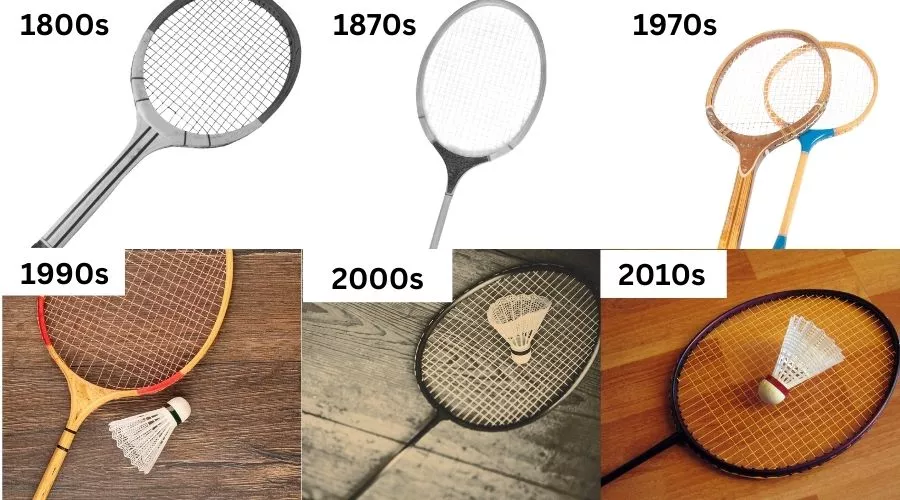
The evolution of racket materials and design has played a significant role in the development of the sport of badminton.
In the early days of the sport, rackets were made of wood and had a simple rectangular frame. As the game grew in popularity, manufacturers began experimenting with different materials to improve the performance and durability of rackets.
In the 1960s, rackets made of aluminum and steel started to become popular, as they offered increased power and control. In the 1980s, rackets made of composite materials such as carbon fiber and fiberglass were introduced, which were lighter and stronger than earlier materials.
Racket handles have also evolved over time. In the past, natural animal gut strings were used for the grip, but these were replaced by synthetic materials such as rubber and silicone for better grip and control.
The head shape and string tension of rackets can also affect gameplay. In the past, rackets had a more circular head shape, but modern rackets often have a teardrop-shaped head for improved aerodynamics. Professional players often opt for rackets with high string tension for more power and control.
Overall, the evolution of racket materials and design has played a significant role in the development of the sport, with advances in technology allowing for improved performance and a more exciting game.
Promoting the Sport at the Grassroots Level

In addition to its popularity at the highest levels of competition, badminton is also enjoyed as a recreational sport by people of all ages.
There are badminton associations all over the world promoting the sport at the grassroots level, and the introduction of advanced rackets and shuttlecocks made of synthetic materials has made the sport more accessible and exciting to play.
Badminton rackets have evolved over time, starting with wooden rackets and eventually incorporating modern synthetic materials such as carbon fibers.
Racket handles have also changed, with the introduction of synthetic grips for better grip and control.
The head shape and string tension of rackets can also affect gameplay, with professional players often opting for rackets with teardrop-shaped heads and high string tension for more power and control.
Famous players and their rackets
There are many famous badminton players who have made a name for themselves in the sport, and each of these players has their own preferred racket. Here are a few examples:
- Lin Dan: Considered one of the greatest badminton players of all time, Lin Dan is a Chinese player known for his aggressive style of play. He uses a Yonex racket and is known to prefer high-string tension for added power.
- Lee Chong Wei: Another highly successful player from Malaysia, Lee Chong Wei is known for his fast and agile play. He uses a Yonex racket and is known to prefer a medium string tension for a balance of power and control.
- Saina Nehwal: A talented Indian player, Saina Nehwal is known for her precise shots and strong defense. She uses a Yonex racket and is known to prefer a medium string tension.
- Carolina Marin: A Spanish player who has dominated the women’s game in recent years, Carolina Marin is known for her powerful smashes and aggressive play. She uses a Yonex racket and is known to prefer a high string tension for added power.
- Viktor Axelsen: A Danish player who is known for his strong all-around game, Viktor Axelsen uses a Yonex racket and is known to prefer a medium string tension for a balance of power and control.
- Kento Momota: A Japanese player known own for his fast footwork and aggressive play, Kento Momota uses a Yonex racket with high string tension for added power.
Overall, each player has their preference regarding rackets, and the choice of racket can depend on the player’s style of play and individual needs.
In summary, the history of badminton rackets is closely tied to the development of the sport itself, which has a cosmopolitan history that spans ancient civilizations to modern games same played at the highest levels of competitive sport.
It has become even more competitive and exciting to watch with the introduction of advanced rackets and shuttlecocks.
FAQS
What is the history of the badminton racket?
The history of badminton rackets dates back to ancient civilizations, where a version of the sport was played with a simple wooden frame and a shuttlecock made of woolen balls attached to a string. In the 19th century, the modern game of badminton, played with small rackets and shuttlecocks made of feathers, was first played at the Bath Badminton Club, established in 1877.
Why was it the first racket used in badminton?
The first rackets used in badminton were made of wood and had a simple rectangular frame. These rackets were used in sports’ early days, which can be traced back to ancient civilizations.
What is the old name used for the badminton racket?
The old name for the badminton racket was the shuttlecock. The word “racket” was later adopted to distinguish the sport from other games played with a shuttlecock. In the early days of the sport, the term “racket” referred explicitly to the frame used to hit the shuttlecock, while the shuttlecock itself was called the “bird” or “birdie.”
Who invented badminton first?
The exact origins of the sport of badminton are not clear, and it is believed to have originated er Greece, China, or India. In the 19th century, the game gained popularity among British military officers stationed in India, as in the British garrison town of Po, the first rules of the modern game were established.
The modern game of badminton, played with small rackets and shuttlecocks made of feathers, was first played at the Bath Badminton Club, established in 1877. The club and other European countries formed the International Badminton Federation (IBF), later becoming the Badminton World Federation (BWF) in 2006. The BWF is the internationally recognized governing body for the sport of badminton.

